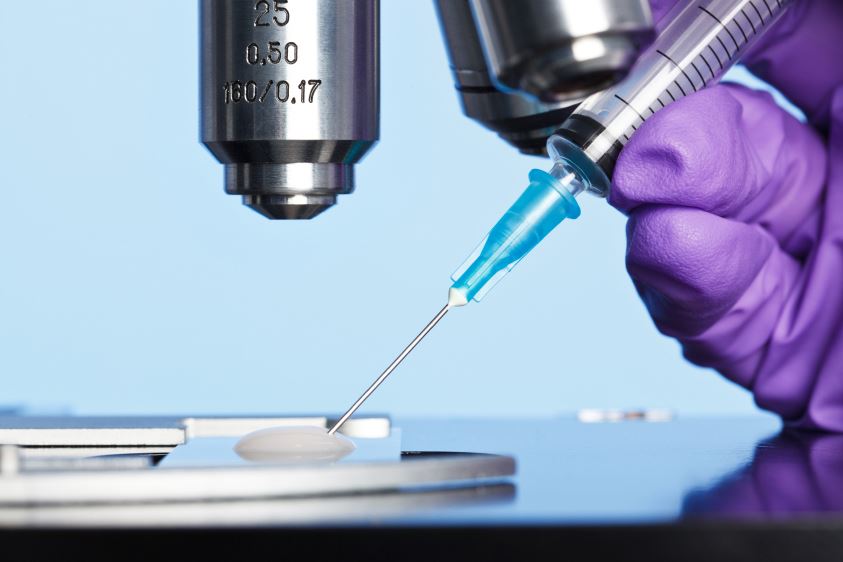In a study published in the Cell Stem Cell journal, scientists at the New York Stem Cell Foundation contest the safety of “three-parent IVF” – a gene therapy technique authorised in Great Britain in 2015.
This technique involves creating embryos from three DNAs (that of the father, mother and an egg donor) to avoid the transmission of genetic diseases carried in the mother’s mitochondrial DNA. The defective mitochondrion is removed from the mother’s eggand replaced by the healthy mitochondrion taken from the gametes of another woman. This technique has already been criticised by several scientists (seeLifting the veil on three-parent IVF).
American scientists have found loopholes in the “efficacy” of the technique. Current procedures cannot prevent the transfer of a small number of mitochondria from the mother into the donor egg. This small number of defective mitochondria (2% of all embryo mitochondria) should not pose any health problems. However, scientists are afraid that the proportion of defective mitochondria will increase as the embryo develops – as shown in their study on embryo stem cells[1]. They cannot explain this phenomenon at the moment.
“We have attempted a more robust approach to ensure that children born using this method will not inherit the affected DNA,”explained Professor Justin Saint John at Monash University in Australia. For the time being, scientists are advising against this technique.
Their result has been contested by certain British reproduction biologists who have reported that “mitochondria behave very differently in embryo stem cells”.
A spokesperson for the HFEA[2] announced that the agency was waiting for further experiments on the safety and efficacy of mitochondrial replacement before approving “the world’s first mitochondrial replacement in humans”.
[1] The American team has also used parthenogenesis in its study in an attempt to avoid paternal DNA involvement.
[2] Human Fertilisation & Embryology Authority.
Nature, Ewen Callaway (19/05/2016); The Telegraph, Henry Bodkin (19/05/2016)

